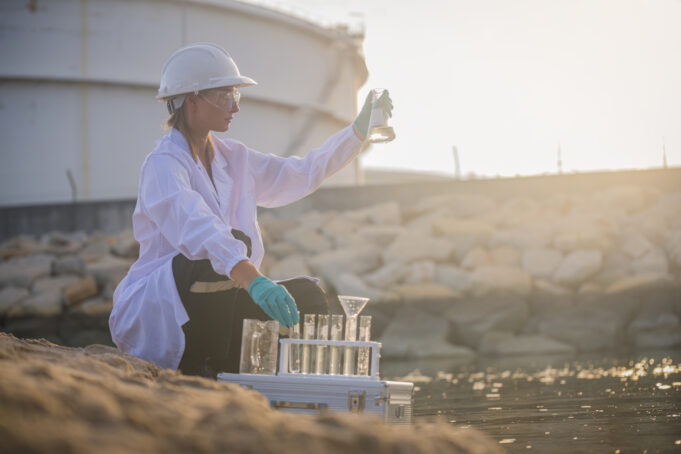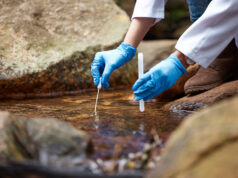The impending EPA regulations on PFAS have ignited a race against time for water treatment professionals. While the focus is understandably on remediation technologies and strategies, a critical hurdle looms large: PFAS testing and analysis.
The Complexity of PFAS Testing
With thousands of PFAS compounds, varying regulatory standards, and multiple testing methods, the landscape is bewildering. Solid Phase Extraction (SPE) and Liquid Chromatography-Mass Spectrometry (LC-MS) methods, like EPA 537.1, are gold standards but time-consuming and complex. Direct Injection LC-MS methods offer quicker results but with lower accuracy. And then there are TOP, AOF, and TOF methods for broader spectrum analysis, but without specific compound identification.
The Certification Conundrum
Adding to the complexity is the question of laboratory certification. While essential for drinking water samples, certification might be overkill for certain applications like early-stage technology testing or wastewater monitoring.
The Bottleneck Effect
The current state of PFAS testing is characterized by slow turnaround times, high costs, and a lack of real-time data. This is a major setback for both water utilities and technology developers. The former need rapid results to inform treatment decisions, while the latter require real-time data to optimize their technologies.
Overcoming the Challenges
To accelerate PFAS remediation, we need to:
- Streamline Testing: Develop faster, more cost-effective testing methods, including in-field analysis capabilities.
- Leverage Technology: Embrace advanced analytical tools and AI to process data efficiently.
- Optimize Laboratory Operations: Improve lab workflows and reduce turnaround times.
- Collaborate: Foster partnerships between regulators, industry, and academia to develop standardized testing protocols.
The Road Ahead
The EPA’s regulations have undoubtedly spurred action, but the PFAS testing bottleneck threatens to slow progress. By addressing the challenges outlined above, the water treatment industry can overcome this hurdle and effectively mitigate PFAS contamination.
SOURCES: Microchemical Journal, EPA, Journal of Visualized Experiments, H2O Global News





